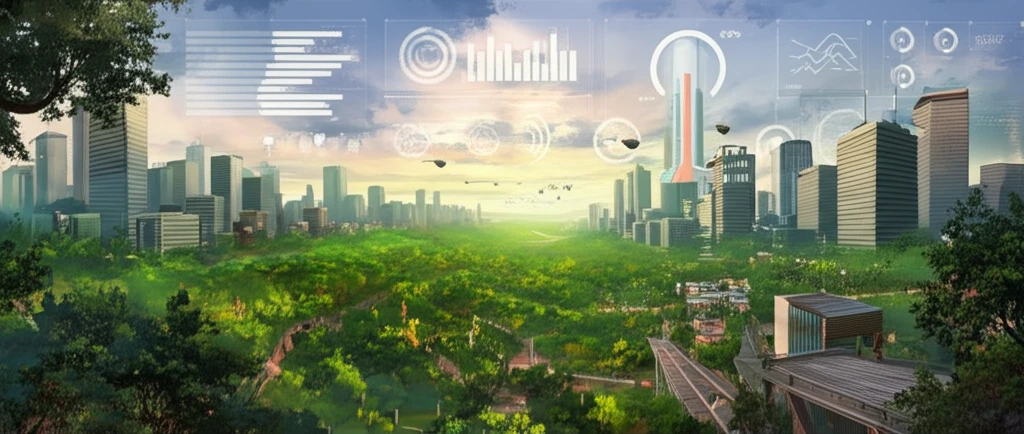
Is Your City Ready for the Heat? Unveiling Climate Change Risks and Green Solutions
"A new study reveals how climate change and aging populations are creating dangerous heat risks, but green spaces offer a surprising solution."
As the globe continues to warm, the threat of extreme heat is becoming an increasingly urgent concern, especially for vulnerable populations. A groundbreaking study sheds light on the intersection of climate change, demographic shifts, and public health, focusing on the specific risks faced by communities within Austria. The research highlights a critical connection between rising temperatures, aging populations, and the often-overlooked potential of green spaces to act as a buffer against these dangers.
The study paints a stark picture: heat-related health outcomes are set to worsen in the coming years, driven by the dual forces of climate change and an aging population. Researchers have found a direct link between heatwaves and increased mortality, particularly in districts with a high percentage of elderly residents. But there's also a glimmer of hope. The research reveals that areas with ample green infrastructure such as parks, gardens, and tree-lined streets can significantly reduce the deadly impact of heat.
This isn't just an academic exercise. The findings offer actionable insights for policymakers and urban planners, providing a roadmap for building more resilient and livable cities. By understanding the specific vulnerabilities within their communities and harnessing the power of nature, cities can take concrete steps to protect their residents from the growing threat of extreme heat.
Why Are Heatwaves Becoming Deadlier?

The study's core findings revolve around the impact of heat on mortality rates across Austrian districts. By analyzing data from 2015 to 2022, researchers established a clear correlation between days reaching 30 degrees Celsius and a significant increase in deaths. This link becomes even more pronounced in areas with a higher proportion of residents over the age of 65.
- Physiological Vulnerability: Elderly individuals have a reduced capacity to regulate body temperature.
- Pre-existing Conditions: Higher prevalence of cardiovascular diseases and other heat-sensitive ailments.
- Demographic Shifts: Europe's aging population is increasing the number of people at risk.
- Urban Heat Island Effect: Cities trap heat, making urban areas significantly warmer than surrounding rural areas.
Turning Up the Green: A Path to Cooler Cities
While the challenges posed by climate change and aging populations are significant, the study offers a powerful message of hope: green spaces can make a tangible difference. By analyzing satellite data, researchers discovered that districts with a higher concentration of green vegetation in residential areas experienced a significantly reduced relationship between heat and mortality. This suggests that investing in green infrastructure is not just an aesthetic choice but a vital public health intervention.
